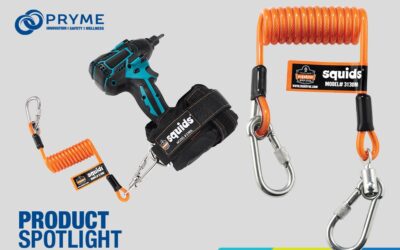Manual Handling Procedures to Avoid Musculoskeletal Workplace Injury

Manual handling of loads between waist and shoulder height puts tremendous strain on the back, and body stressing causes the vast majority of all work related back injuries. If manual lifting is unavoidable, using correct lifting techniques and not lifting beyond the worker’s capacity can help reduce risk of injury.
Musculoskeletal disorder is both an injury and a disease affecting bodies’ musculoskeletal system ranging from muscles, ligaments, tendons, blood vessels and nerves. A back support belt can provide abdominal support, and serve as a reminder that a worker is about to lift, and to employ safe lifting techniques.
Proper Techniques and Postures of Lifting
- Plan your lift with appropriate posture and test the weight and dimensions of the load.
- Ask for help if the load is a little too heavy.
- Get a firm foothold as a strong base is important for any kind of lifting.
- Bend your knees rather than your back.
- Tighten your stomach muscles for support.
- Lift with your legs instead of your back.
- Keep the load close to your body for proper grip and movement while moving the load.
- Keep your back upright in an appropriate posture to reduce back or spine injury.
Education and Precautions of Lifting
Education particularly to young workers about correct lifting techniques, and the dangers of repetitive manual tasks can increase worker awareness of the problem. However in several industries and day to day tasks, manual lifting or kneeling is unavoidable.
To remove any residual risk, ergonomically designed PPE like knee pads, kneeling pads and back support belts can provide, cushioning, support and also serve as a reminder to use correct manual work techniques to bend, lift or kneel.
Correctly Fitting a Back Support Belt
- Slide back support on.
- Grasp each end of the waistband. Stretch the right end across the left and attach.
- The upper edge of the waist band should be below the navel. Fasten outer elastic bands loosely at your side.
- Adjust straps for a comfortable fit without tension.
- Before you lift – grasp the outer elastic bands and stretch forward as far as possible.
- Secure bands in a comfortable position.
Categories
Recent Posts
- Innovation in Knee Protection: The Proflex® Hinged Knee Pads
- Celebrate Australian Made Week 2024 with Maxiblock Sunscreen
- MATES BIG LAP 2024: Get moving for your mates
- Understanding Heat Stress Risks for Outdoor Workers in the Tropics
- How Australian Businesses Can Prepare for Extreme Heat Events: Insights from KPMG’s Heat Report
Brands
- Ergodyne
- Sqwincher
Sqwincher is an electrolyte enhanced beverage for effective hydration and is the recognised leader in providing hydration solutions to hot workplaces, to help reduce heat related illness and accidents. Keep your workers safe and productive with Sqwincher hydration that works.
- Maxiblock Sunscreen






